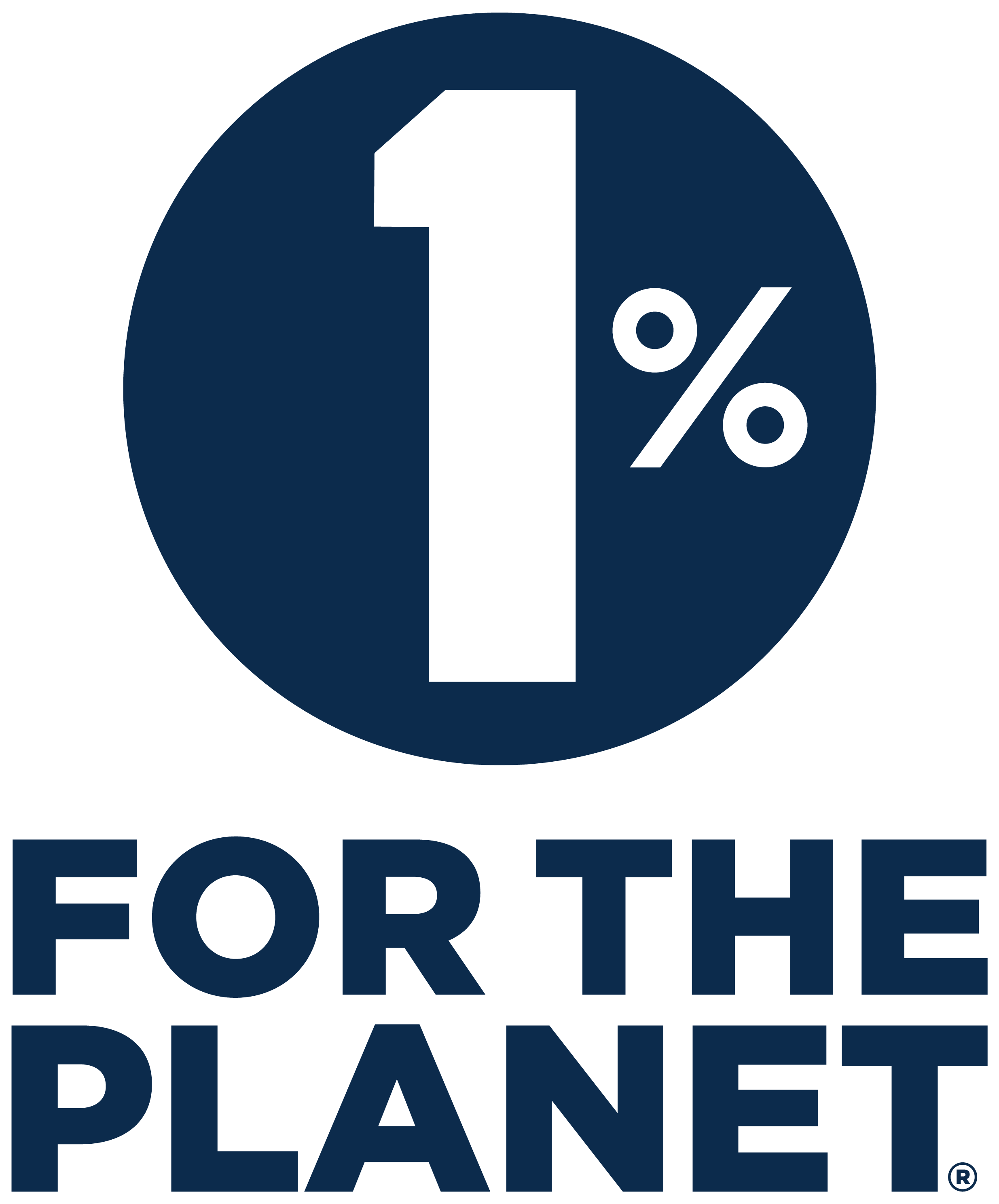USB C Wall Chargers
With more of us relying on smartphones and tablets than ever before, there’s a greater stress on our devices to do everything.
We know exactly what you’re looking for because we’re a team of independent and innovative serial entrepreneurs, creatives, and engineers. Like you, we needed a way to keep connected at all times. That’s why we designed Chargeasap USB-C power adapters to help your hardworking devices remain charged-up, ever-ready, on-the-go.
How do we know you’re going to squeeze out every drop of juice using our Type C wall chargers? We’ve launched nine successful crowdfunding campaigns for our products, giving us a chance to test, refine, and create end products that serve you every second of your day. Browse our unique USB-C wall adapters and experience the Chargeasap difference yourself.
What is a USB wall charger?
These days, a USB wall charger is very common. It’s a lightweight, at-home charger or adapter that includes a USB cable connection on one end and the prongs of a plug that you can insert into the wall on the other.
Obviously, it’s intended to help you plug the adapter into the wall. Wall chargers, when they first came around, were quite useful because they do cut down on your charge time.
If you try to charge that same device using only a USB cable and connecting it to another device (for example, using your laptop to charge your phone), it would take much longer to get the same level of charge.
Are all USB wall chargers the same?
Glad you asked! Not only are USB wall chargers quite different these days, but we also believe not all of them are created equally. First, let’s get into the tech specs. There are two common kinds of USB wall chargers:
- USB Type C wall charger — This features a small physical connector, which is about the size of a micro USB connector. They’re seamless and smooth and are the new standard for USB input connectors.
- USB-A wall charger — The USB-A charger is the traditional connector that you’re used to seeing. It’s maintained the same design, which means it’s managed to maintain the same user grievances: it needs to be inserted in a particular way.
That’s pretty straightforward, right? Now, here’s where it gets tricky. The connectors are not the only thing that matters. It’s the technology underlying the ports that really tell you how much transfer power or charging power you can expect. This includes:
- USB 1.0
- USB 2.0
- USB 3.0
So even if you use a more modern USB-C connector, the port’s technology could be 2.0. For context, 2.0 has up to 2.5 watts of power, which is enough to charge a phone or a tablet, but that’s all.
However, USB-C wall chargers also support USB PD, or "Power Delivery," which can provide up to 100W of power. The Chargeasap Supercharge 100W USB-C Wall Charger is the perfect example of that.
Are USB-C chargers better?
USB-C wall adapters are both better — and not necessarily so. Again, it all depends on the technology beneath the connector. For example, plenty of mobile devices include a USB type C wall charger, but the technology is 2.0 — not 3.1.
To give you a comparison, the theoretical bandwidth for USB 3 technology is 10 Gbps, which is double that of USB 2 technology.
Now, let’s say that your USB-C wall outlet charger does wrap up USB 3 technology. In this case, it’s comparatively better than USB-A connectors or USB-C connectors with 2.0 technology. However, the "next generation" of Type C wall chargers is a GaN charger.
GaN USB-C wall chargers are even faster and smaller than "standard" USB-C power adapters. The Chargeasap Omega USB-C charger is a credit card-sized "GaN" charger that charges up to four devices at one time and has twice the power of a USB PD (i.e., 200W). This means it’s powerful enough to charge up 2 x Macbook Pro 16” at the same time.
What devices are USB-C chargers compatible with?
USB-C wall chargers are not backwards compatible. This means that you can’t plug older USB devices into a tiny, USB-C wall adapter port. However, USB 3.1 is backwards compatible with older versions of USB technology.
So, all you need is a USB-C wall charger cable on one end and an older USB port for your device on the other end. That way, you can plug your device into a Type C wall charger port.
Another option is a USB-C wall charger that is universal. The Supercharge 100W by Chargeasap is compatible with:
- All modern USB devices
- Tablets
- Laptops with a USB-C power port (such as the Macbook Pro and Air)
- Mobile phones
- iPad Pro
- iPhones
- Dell XPS
- Google Pixel
- Samsung Galaxy
If you need help finding a USB-C wall adapter that’s compatible with your device, contact us and we can help guide you through.
Do USB-C wall chargers charge faster than USB-A?
Yes. Generally speaking, a USB-C wall charger charges faster than a traditional USB-A. But that’s only true if the USB-C wall adapter uses USB 3.0 technology.
How do I choose a USB-C wall charger?
Right now, there are five kinds of USB-C power adapters you can opt for. Chargeasap features all four categories. These include:
- USB-C wall chargers
- USB-C car chargers
- USB-C wireless chargers
- USB-C travel adapters with GaN
Which of these you choose really depends on what your everyday overall needs are. For example, if you’re always traveling around the world, only USB-C travel adapters with GaN can truly help keep your devices charged for less. But if you work from home with multiple devices, a USB-C wall charger with GaN would be the best purchase. Of course, you could also opt for a standard USB-C wall charger.
Regardless of which you choose, Chargeasap has you covered with worldwide delivery. Get the most innovative USB-C power adapter in your hands when you shop at Chargeasap.














































































































